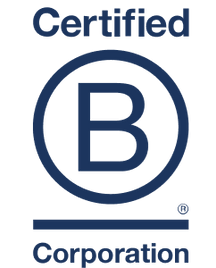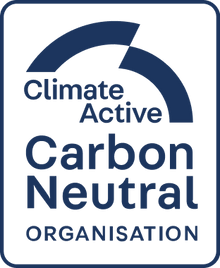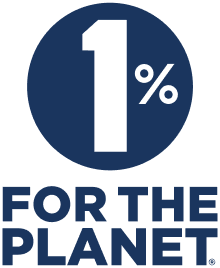We have a goal to change all our packaging to recyclable or compostable by 2025. As a company, we want to share our learnings and our journey so far. We also want to be transparent about the challenges and opportunities. We are on this journey not because we are perfect but because we recognise the amount and significance of progress we must make. We are not writing this article as experts in sustainable packaging. Rather, these are the learnings and insights of our team on this project. We have tried to be as clear as possible about both the progress and the challenges.
The considerations
Before we explore the various options, first, we should explore the key aspects that we’ve considered: sustainability, product integrity, safety, and scalability. Each person and company would have their own set of considerations and will balance them according to their choices. This will lead to different outcomes, decisions and directions.
Sustainability: For us, sustainability is about waste, emissions and life cycle assessment.
Waste: Waste is about considering the impact of the packaging after the product has been consumed. Will it compost? Can it be recycled? Can it be upcycled? How easy is it to be collected? How likely is it to go to its intended destination?
Emissions: How much energy and emissions are created during the creation of the packaging? What is the additional impact on product transport? What emissions will be produced in end-of-life processing? Will the packaging need to be returned to another destination? If yes, what is the emission impact of that? Will the packaging need additional cleaning and sanitisation? If yes, what are the related emissions?
Life cycle assessment: Does the packaging use new or recycled materials? What does the end of life look like? How many times can the material be recycled or reused?
Product integrity
One purpose of the packaging is the protect the product and maintain its quality. For a freshly roasted coffee product, we have two main considerations; protection against spoilers and ability to degas.
Spoilers: The main spoilers are moisture, sunlight and oxygen. We nitrogen flush all our bags to ensure maximum product integrity. The nitrogen gas which is inert and imparts no flavour pushes out any oxygen in the bag. Any oxygen and moisture that remains will degrade the coffee quicker. The bag is then sealed. This means that the packaging has to be able to provide a sealable atmospheric barrier.
Degas: Freshly roasted coffee naturally degasses over multiple days after roasting. This is done by having a one-way valve in the packaging. This allows the coffee gasses to escape but does not allow the external atmosphere to come into the packaging and in contact with the coffee. Without this valve, coffee packaging can explode.
Product integrity is really important, without it, the quality and shelf life of the product goes down and the waste goes up (we have to take all waste into consideration, not just packaging waste). Imagine leaving biscuits on the kitchen bench over a few weeks. Over time they quickly become stale. Similarly, the product integrity challenge for coffee is a bit harder and more complex than most other products.
Safety
Coffee is a food product. Therefore, the packaging has to be able to keep any contaminants out. Secondly, where packaging is reused, it has to be cleaned and sanitised and tested to ensure safety. Safety in food products is another consideration that other non-food products such as detergents and soaps do not have to deal with in the same way. Food safety is a complex yet really important consideration to get right.
Scalability
This means that the product solution can be used today and is not on a small scale, testing or experimental phase. Ideally, the packaging can be used with standard industry equipment such as filling and sealing machines. The packaging has had some time in the market to ensure reliability. The packaging is not prohibitively expensive for our customers. Price is the least important factor yet for example a product shifting from $25 to $50 due to packaging changes will be hard for most consumers to afford let alone being able to understand the justification. We believe that large and pragmatic solutions that positively impact a large number of customers will have the biggest impact on our fight against climate change. Unfortunately, small and niche solutions don’t do enough to move the needle in this important journey.
At the same time, we are often testing and partnering with pilot projects to see and help the future of the packaging journey. However, many of these technologies are not yet ready for a wider scale.

Assessing the various packaging types
In this section, we cover our approach when assessing the various packaging solutions that we considered across our product offerings. Below is a simple matrix that summarises our assessment of various (simplified) packaging solutions. We assess them against four key categories: waste-bound, recyclable, compostable and reusable. We then unpack this further in relation to our chosen soft plastic solution.
Scores: 0 = Very Poor to 5 = Highly Rated.
| Packaging Types | Sustainability | Product Integrity | Food Safety | Scalability | Total |
|---|---|---|---|---|---|
Waste-bound | 0 | 5 | 5 | 5 | 15 |
Recyclable | 3 | 5 | 5 | 5 | 18 |
Compostable | 4 | 3 | 4 | 5 | 16 |
Reusable | 5 | 4 | 3 | 1 | 13 |
*Most of these scores are from 12 months ago. These are subjective and for illustration purposes only. Some new packaging is available now in all categories that we continue to test and assess.
1: Waste-bound Packaging
To be blunt, this packaging will end up in a landfill! This is clearly problematic.
2: Recyclable Packaging
The main packaging solution we will focus on here is soft plastics. This is the direction we chose more than a year ago and slowly, all our current packaging will transition to this.
Sustainability: Theoretically, soft plastics can be recycled or upcycled. They can help reduce the need for new (virgin) plastics by reusing current plastics. They are also a considerable step up from foil bags that could not be recycled.
On the other hand, the government and private infrastructure in this area is still lacking and after the recent RedCycle revelations, the options for recycling these bags are at least temporarily reduced. The other thing to note is that currently, most programs upcycle. This means that the materials are used for other purposes such as roads, benches or other things.
Product integrity: Soft plastics provide one of the best and most comparable product integrity in terms of atmospheric seal, sunlight protection, as well as moisture and protection from other spoilers. They also have integrated one-way valves which help degas the coffee.
Food safety: Soft plastics provide a high level of protection and Food safety. Their impermeable barrier means the coffee is unlikely to be contaminated by external contaminants.
Scalability: Soft-plastic bags are as scalable as any current packaging as they can often be used on the same equipment and do not require recollection or specialised transport.
A note on other recyclable packaging
We have tested and continue to study other recyclable options also. The two of note are aluminium and paper. We have a lot of experience with aluminium due to our RTD (Ready to drink) products. We like that aluminium is almost infinitely recyclable. The two major issues currently are the safety of aluminium packaging for coffee due to degassing issues or valves failing and the practicality of using aluminium on current packaging lines.
Paper is an area that excites us. Paper is also fully recyclable and has the potential to go into the current at-home recycling streams (this is the packaging holy grail). There is progress being made which makes paper a bit better from product integrity and food safety perspective. The coffee valve issue (degasing) is also being addressed. We have not yet seen a solution that ticks all the boxes for us yet. However, we are excited about the potential of this type of packaging.
3: Compostable Packaging
We have tried various types of compostable packaging. There are two main types: home compostable and industrial compostable. Our focus is on home compostable as industrial compostable is quite similar to soft plastics in a lot of aspects. Home compostable packaging solutions in Australia can be problematic because unfortunately, we lack the necessary infrastructure and environment for packaging to effectively break down. In particular, the high temperatures and lack of moisture in many parts of Australia can make it difficult for home compostable materials to decompose properly, especially in domestic compost bins or piles. Additionally, many households in Australia do not have access to home composting facilities, so even if the materials were able to decompose, they would not be properly disposed of. Finally, most local councils in Australia do not have the capability to sort and process home compostable packaging in their waste management facilities. This is an area that we’re continuing to advocate for systemic change, both at a local, state and federal government level.
Sustainability: The main benefit of home compostable packaging is that it reduces resultant waste and goes back into the soil creating a sort of circular product life cycle. We have done extensive testing on this product line and currently, we continue to use this type of packaging for our 200g Choc and Chai powders which have provided us with a lot of real-life learnings. Another benefit is that even if the packaging ends up in a waste stream, it will break down quicker than any other packaging.
The challenge with this type of packaging is that new packaging will still need to be produced and sometimes this may use virgin materials.
Product integrity: This is a primary challenge of home compostable packaging. As the packaging needs to be able to break down, it can significantly reduce the shelf-life and protection offered to the product. We have seen heat, sunlight and moisture spoil this type of packaging multiple times in our testing. Compostable one-way valves (for degasing) are also challenging.
Safety: Safety is also a concern as if the packaging integrity suffers then it can also pose a safety risk.
Scalability: This type of packaging is relatively scalable as it can use existing equipment and channels.
We are still interested in and are testing at home compostable packaging. There are advances being made in this direction every year. There are innovations such as activating the composting process through certain enzymes, UV or other methods to balance product and safety with sustainability.
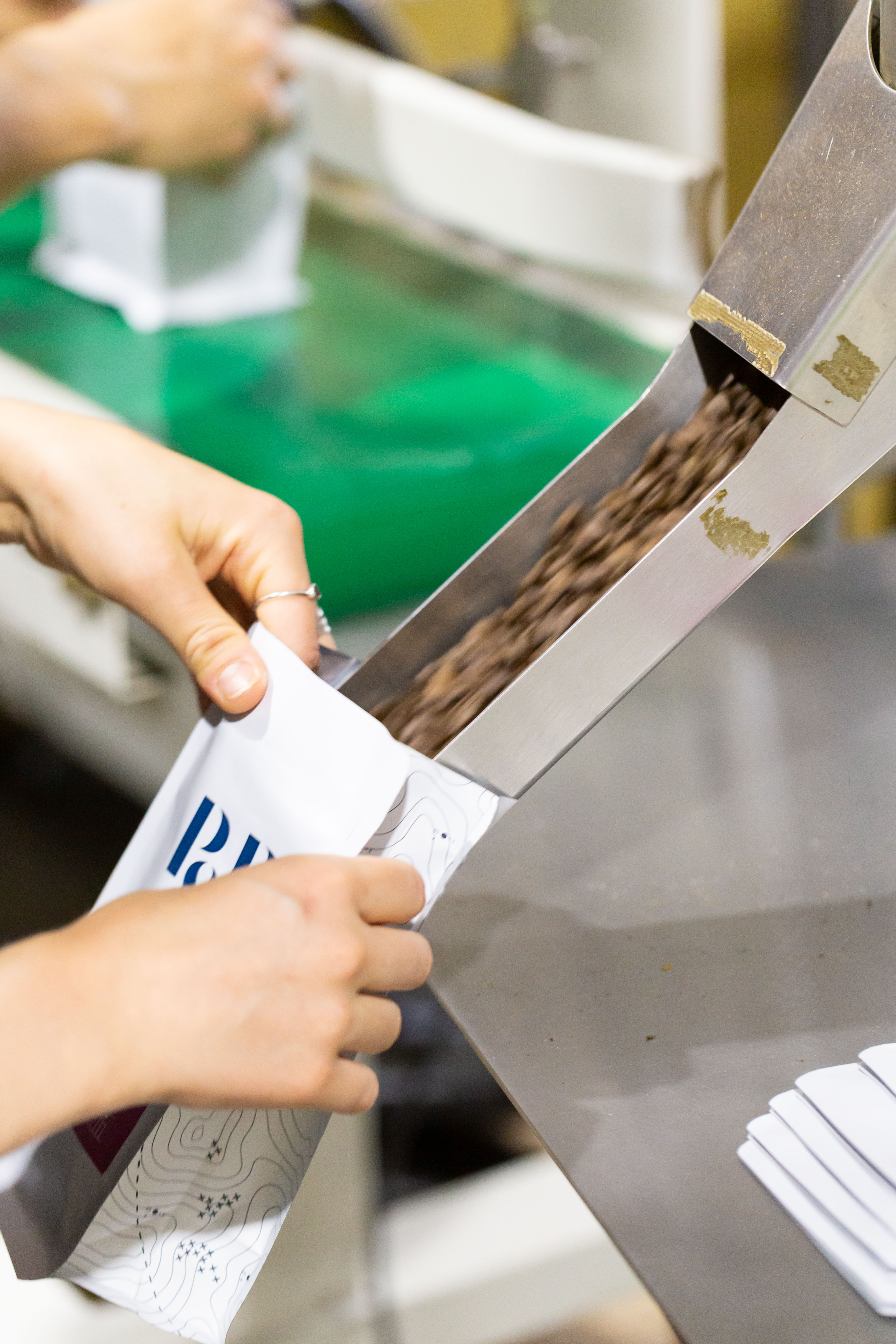
4: Reusable packaging
Reusable packaging excites us just as much as anyone else interested in sustainability and climate change. We also have intimate knowledge here as we were one of the first roasters in Australia to deliver coffee beans in reuseable 4 kg tins to our cafe partners almost 8 years ago, when reusable packaging was still an idea in its infancy. After many years of operation, we had to, unfortunately, shut that program down due to the challenges we faced.
Sustainability: Reusable seems to be one of the most sustainable packaging types as it reduces the overall packaging and waste from the product over time. That being said not all reusable packaging is the same. This comes down to lifecycle analysis, materials used, and how many times the packaging can be reused. Lastly, when reusable packaging is returned back to the food manufacturer, that will currently lead to emissions which should also be taken into account.
Product integrity: Product integrity should be similar to current packaging. However, coffee-based reusable packaging needs one-way valves (For degasing) to ensure degassing.
Safety: Safety is a big concern with reusable packaging for a food product. The packaging needs to be cleaned and sanitised to food standards. This requires both infrastructure and process investments. This also requires energy every time the packaging is cleaned.
In our own reusable project, many years ago, we faced two safety issues. One was cleaning and sanitisation. The other was that we had developed our own method of incorporating one-way valves on the tin containers. All valves have a failure rate. When this happens in a soft material, the bag simply puffs up. When it happens in a hard material, the lids pop off causing another safety hazard.
Scalability: Scalability is another barrier currently. The first part is being able to use the packaging with current equipment. The second part is the recollection of the reusable packaging. The last part is cleaning and sanitation.
All the challenges are solvable and we think in the future solutions will emerge. At the same time, for transparency, the reason our 2025 goal is to change our packaging to recylable or compostable is that we are unsure if scalable solutions will emerge by then.
We will also like to acknowledge that there are other ways to manage reusable packaging. For example, reusable packaging does not need to come back to the food manufacturer. Instead, the consumer can go to a cafe or a refill point to refill. This also takes away some of the safety and scalability issues. However, this still leaves some product integrity issues. As coffee is extremely sensitive to atmospheric spoilers, coffee will need to be stored in airtight storage that can dispense coffee without bringing it in contact with oxygen, moisture or sunlight. Secondly, this also poses a freshness challenge if this method becomes more popular which will need a whole supply chain rework. We continue to explore this direction. We see it as part of the solution even if it may not be a suitable entire solution in the immediate future.
RedCycle
We made the decision to move to soft-plastics as well as to get our packaging RedCycle certified more than a year ago. We do not want to understate the disappointment we have experienced due to the suspension of RedCyle. The current advice from RedCycle is not to store the bags and to dispose them through waste or other schemes. We encourage everyone to use a soft plastic recycling scheme if it’s available in their area.
At the same time, it is important to clarify the difference between soft plastics and RedCycle. Softplastics is a type of packaging that can theoretically be recycled and upcycled. RedCycle was a certifying and collection provider. Certification is important to ensure that both customers and soft plastic recyclers can quickly distinguish packaging that is recyclable from that which is not.
We cannot control what a certain recycler or organisation does. Therefore, our goal has always been to do what we can control first and even if we can only move the needle forward one step, then we do that and repeat. This is what we have done for our coffee bag packaging. The packaging is still accepted at almost all soft plastic recyclers.
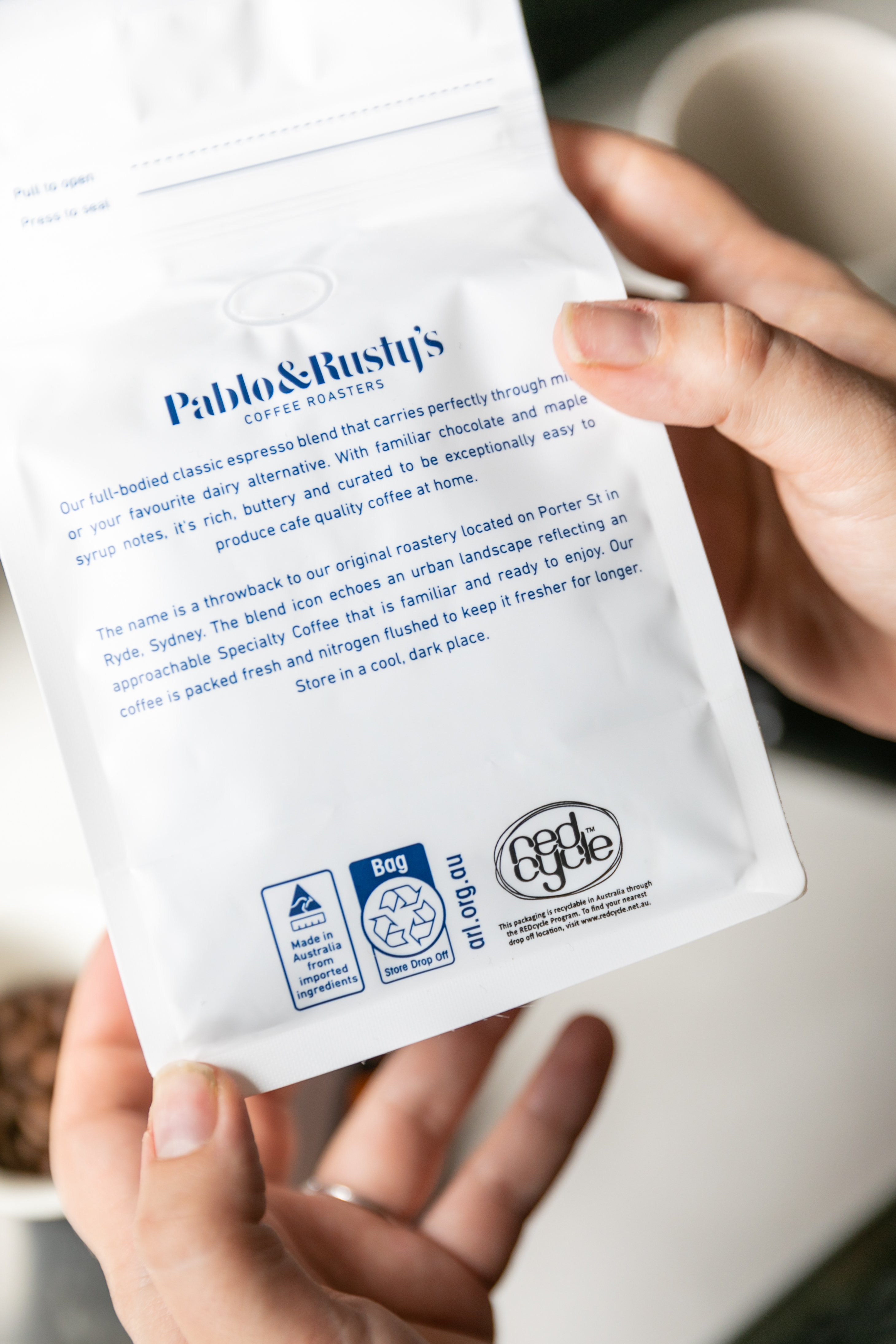
Government and processors can help
An important point to mention here is that if the external factors change, then different types of packaging may become more or less attractive. For example, if the government or an industry processor sets up a national scheme that collects, sanitises and returns reusable coffee bags. All of a sudden that solution becomes viable and scalable. On the other end, if the government marks down a certain type of packaging due to waste or emission concerns (for example returning reusable packaging to source) then those types may become less attractive.
One thing that small businesses like us who are passionate about sustainability would love to see is a roadmap by the government and the recycling industry. For example, it’s not clear to us whether the government will support or make direct investments in recyclable, compostable or reusable infrastructure at a national scale. As an example, if all councils started offering soft plastic collection like the Bendigo council is or Curby, it would make a lot of sense to a lot of businesses to prioritise that packaging.
Summary of opportunities and challenges
| TYPE | OPPORTUNITES | CHALLENGES |
|---|---|---|
Recyclable - Soft plastics |
|
|
Recyclable - Paper |
|
|
Compostable - Home |
|
|
Compostable - Industrial |
|
|
Reusable |
|
|
Next steps
Now we are back to the drawing board to see what’s the next step. We will keep communicating as we take those steps and as you see them (typically 12-18 months later).
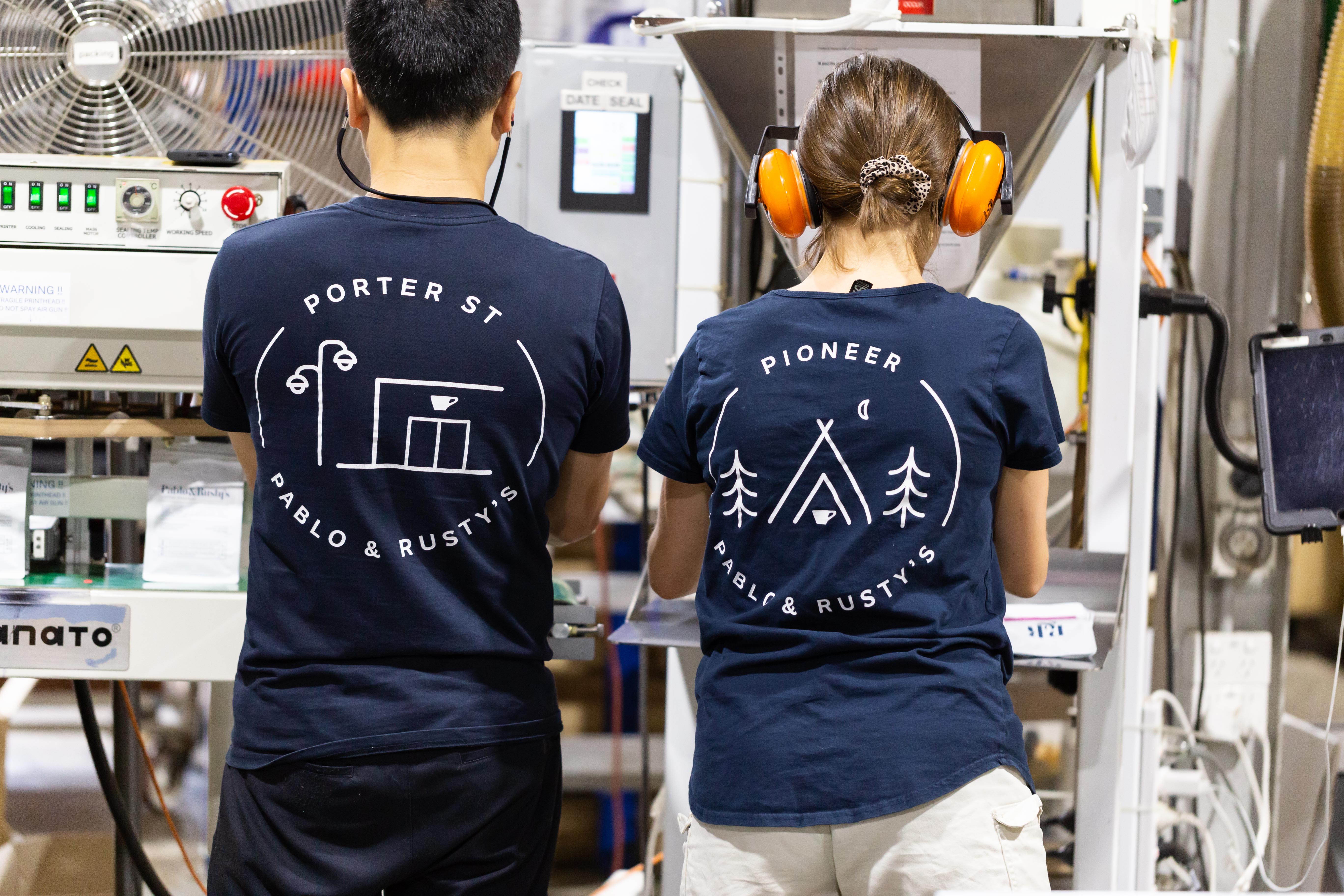
What can you do
We’ll never stop our process of innovation, trying to improve the outputs and waste we produce. We recognise sustainability is as an unending journey, it’s also a journey we’re on with you, our community. You’re playing a vital part, simply by choosing to purchase your coffee from P&R, you're supporting the efforts we’re making. There are also some practical steps you can take in your community.
We encourage you to seek out local soft plastic recycling services, our coffee bags are eligible for soft plastic recycling schemes.
The Team at Recycle Smart have a unique plastic recycling system and is currently rolling out more local council areas they collect from, a detailed list can be found here.
The Curby Team are also making great inroads in the development of a soft plastic recycling scheme. Through their system, you can place your combined soft plastics into your yellow lid kerbside bins with Curby Tags or bags for collection with your regular council pick ups. They are working hard to scale up their solutions to cover more local councils. Both of these schemes need your backing, the introduction of viable and sustainable soft plastic recycling schemes needs your support!
One of the best things you can do is make some noise, agitate, and call for action by local, state and national governments. Get behind and support brands that are consciously making an effort to reduce the impact of their waste and packaging outputs.
Don't be afraid to write or call your local council and your state and federal members. Your advocacy and voice will help build sustainable soft plastic recycling solutions sooner. We’re all custodians of this planet, and we all have the power to make a difference.
On behalf of the P&R Team, we thank you for journeying with us, we’ll be sure to keep you updated on our progress as we seek to positively impact people and the planet through coffee.
Read more about our sustainability journey here.

